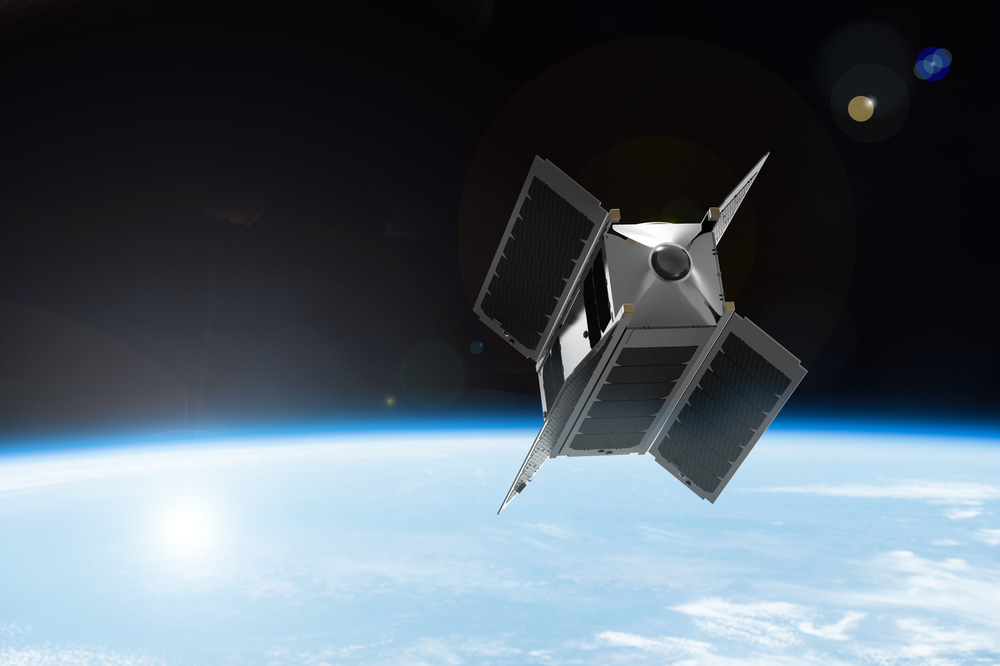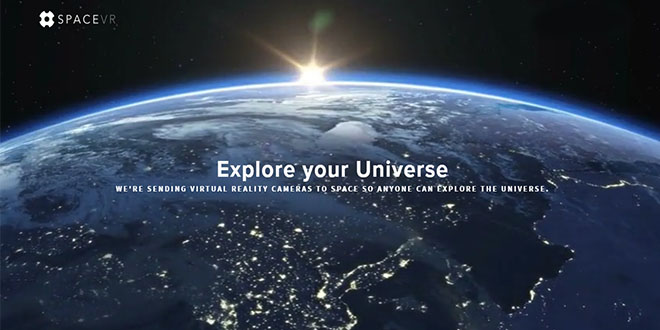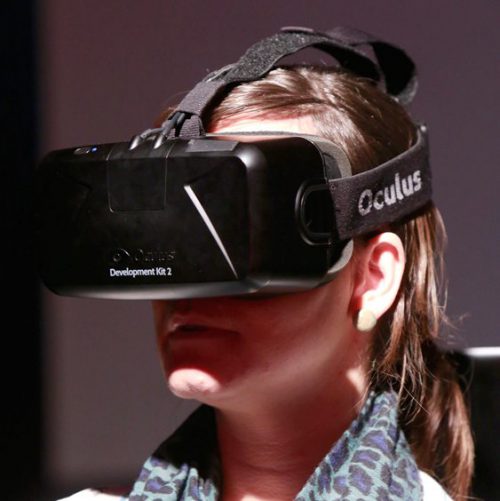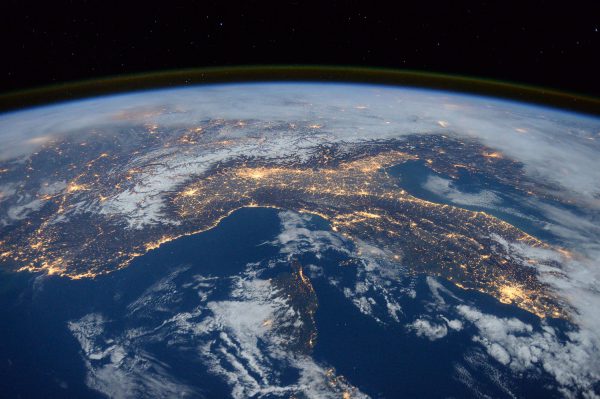
Virtual reality is one of the hottest trends in technology right now, and it might seem natural that it would be used in conjunction with space technology. Now, SpaceVR, a company specializing in virtual space tourism, has signed an agreement to launch the world’s first virtual reality camera satellite into space. The satellite will provide a mesmerizing view from orbit, with high-resolution and immersive 360-degree video. For the majority of us who are not astronauts, it may just be the next best thing to actually being there.
SpaceVR announced that it has signed the agreement with NanoRacks LLC to have the satellite, called Overview 1, sent to the International Space Station in June 2017, aboard the SpaceX CRS-12 Mission. It will then be released into low-Earth orbit from the NanoRacks CubeSat Deployer (NRCSD).
“My dream, when I first had this idea at a hackathon 1.5 years ago, was to launch a VR satellite with NanoRacks. It seemed crazy and borderline unachievable. Now we are signed, paid, and moving towards something exponentially more borderline unachievable,” said Ryan Holmes, founder and CEO of SpaceVR. “This is the most important milestone to date for SpaceVR and we’re honored to share it with a group of pioneers that have been pushing what’s achievable since before we were born. Let’s launch cool shit into space!”

Bringing virtual reality to space exploration, even just near Earth, would be an exciting new way for the public to engage with space missions. Overview 1 will provide extremely high-resolution and fully immersive 360-degree video from orbit, which can be viewed on any virtual reality-capable device including smartphones and Oculus Rift. Overview 1 will use two 4K sensors combined with wide field of view lenses to create an experience which will be breathtaking in a way not possible before.
“We are delighted that yet another innovative space company has chosen NanoRacks to realize their in-space dreams. SpaceVR promises to open a new era in connecting consumers worldwide to the beauty of outer space and we are ready to be part of that effort,” said Jeffrey Manber, CEO of NanoRacks.
SpaceVR raised $1.25 million in seed money last April, and can now continue development of the on-board software and content delivery and distribution channels, as well as invest in a worldwide satellite dish ground station communication network. A previous Kickstarter had fallen short of its $500,000 goal, but now the project is fully funded. There is a lot of work to be done before the satellite can be launched, but SpaceVR is well on the way to achieving that dream.

As also noted by Holmes in The Verge last April, “We have a radio, we have an attitude control system, we have reaction wheels and gyroscopes that maintain stability, and we have flight controller software that tells the satellite what to do and when.”
NanoRacks has been an investor and partner with SpaceVR since it was established in 2015.
Another example of SpaceVR’s new technology can be seen from a previous balloon test, conducted at 60,000 feet on Aug. 15 last year. Of course, from actual orbit, the views will be that much more spectacular.
So just what is virtual reality? Basically, it is computer technology which recreates an environment, either real or imagined, in a manner where a participant’s physical senses are simulated. This allows the participant(s) to interact with the created environment using a special headset or computer monitor. VR is also known as immersive multimedia or computer-simulated reality. The technology has advanced enough that senses such as sight, touch, hearing, and smell can be virtually recreated. The artificial environment can feel very life-like, such as for combat or pilot training, or can be much more fantasy-like, as in VR games.
The first idea for virtual reality came from Stanley G. Weinbaum’s 1935 short story “Pygmalion’s Spectacles”—a goggle-based virtual reality system with holographic recordings of fictional experiences including smell and touch.
A futuristic idea of a still more advanced version of VR would be the Holodeck on Star Trek, where familiar places can be realistically recreated for primarily entertainment purposes. Although real-life VR is still far from that technological advancement, it is already an incredible tool.
Google’s Street View service (part of Google Maps) is another variation of VR, with panoramic, 3-D views of streets and buildings that you can “move around” in.
For the 2017 launch, SpaceVR wants to sell subscriptions to the footage from the satellite. After 2017, SpaceVR plans to be able to send similar VR cameras elsewhere in the Solar System, including Mars.
Speaking of Mars, NASA has also been looking at using VR more extensively in its own space missions. Mars 2030 is a new, interactive virtual experience of the Red Planet, a collaboration between NASA, multi-platform media company FUSION Media, and MIT’s Space Systems Laboratory. It is, or will be, available for the Oculus Rift, Google Cardboard, and Samsung VR Gear via Valve’s Steam marketplace and on Fusion.net, as well as iPhone and Android on iTunes and Google Play. A broadcast of the experience will also be available on Twitch. An overview of how it works can be seen here.

“Simulated environments have always been important in astronaut training,” said Jason Crusan, Director of NASA’s Advanced Exploration Systems Division. “Beyond practical uses for training, virtual reality offers us a compelling method to share the work we’ve been doing to design sustainable human missions and to inspire the next generation of pioneers in space,” he added. “We’re grateful for the opportunity to bring FUSION’s virtual experience as close to reality as we know it based on years of Mars surface architecture studies.”
As discussed previously on AmericaSpace, another VR technology being used for Mars exploration is OnSight, which will allow scientists to work virtually on Mars within 3-D simulations. It may be incorporated into the upcoming Mars 2020 mission and used elsewhere in the Solar System as well.
“We believe OnSight will enhance the ways in which we explore Mars and share that journey of exploration with the world,” said Jeff Norris, JPL’s OnSight project manager.
Just like for pilots on Earth, VR technology could also assist in the training of future Mars astronauts, a big advancement on the simulators used by the Mercury, Gemini, and Apollo crews. Until astronauts actually land on Mars, it will be, just like Overview 1, the next best thing to being there.
More information about SpaceVR is available on their website.
Want to keep up-to-date with all things space? Be sure to “Like” AmericaSpace on Facebook and follow us on Twitter: @AmericaSpace
Missions » ISS »





It would take an ansible to make VR really be useful outside of Earth-Moon.